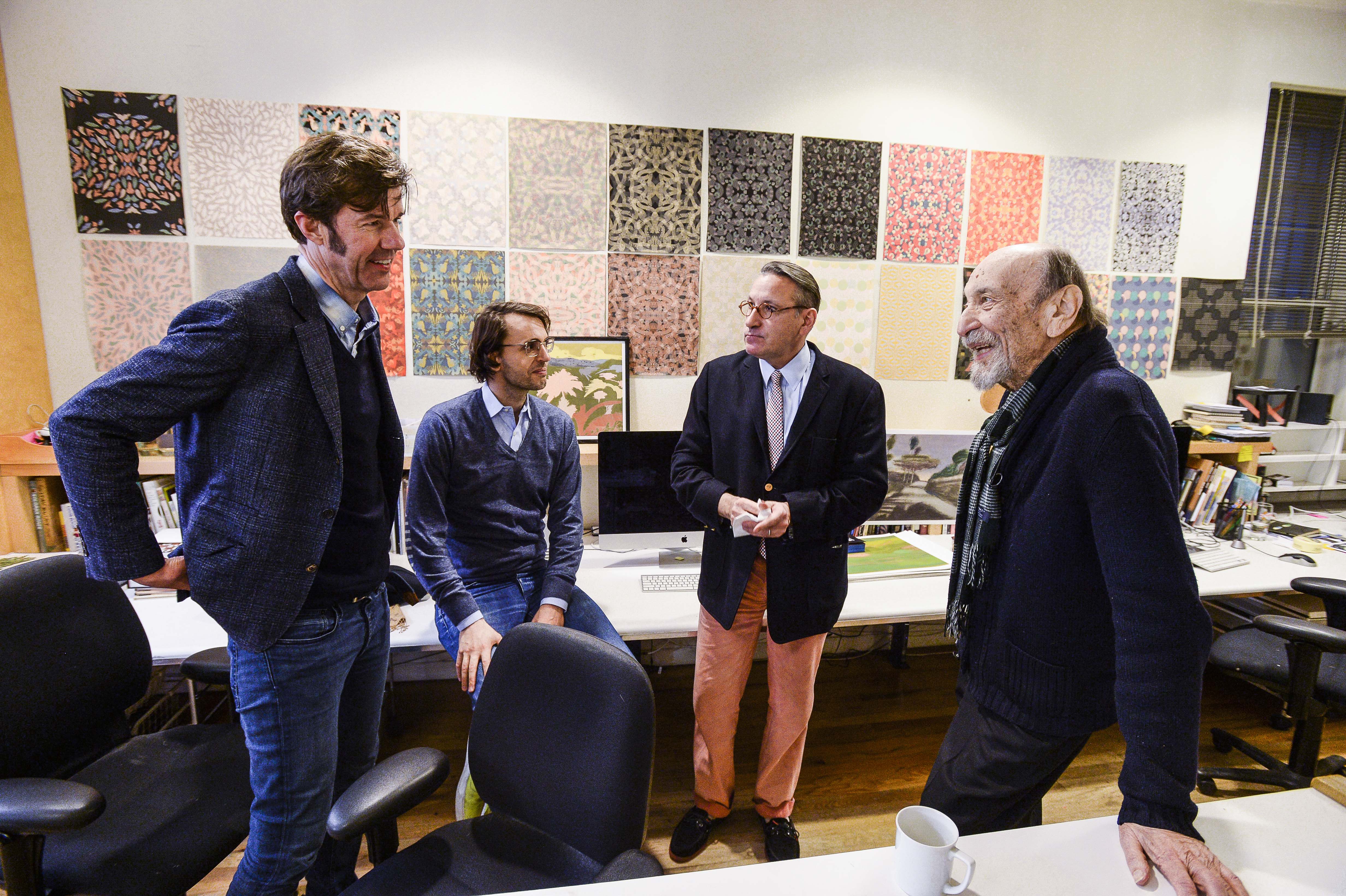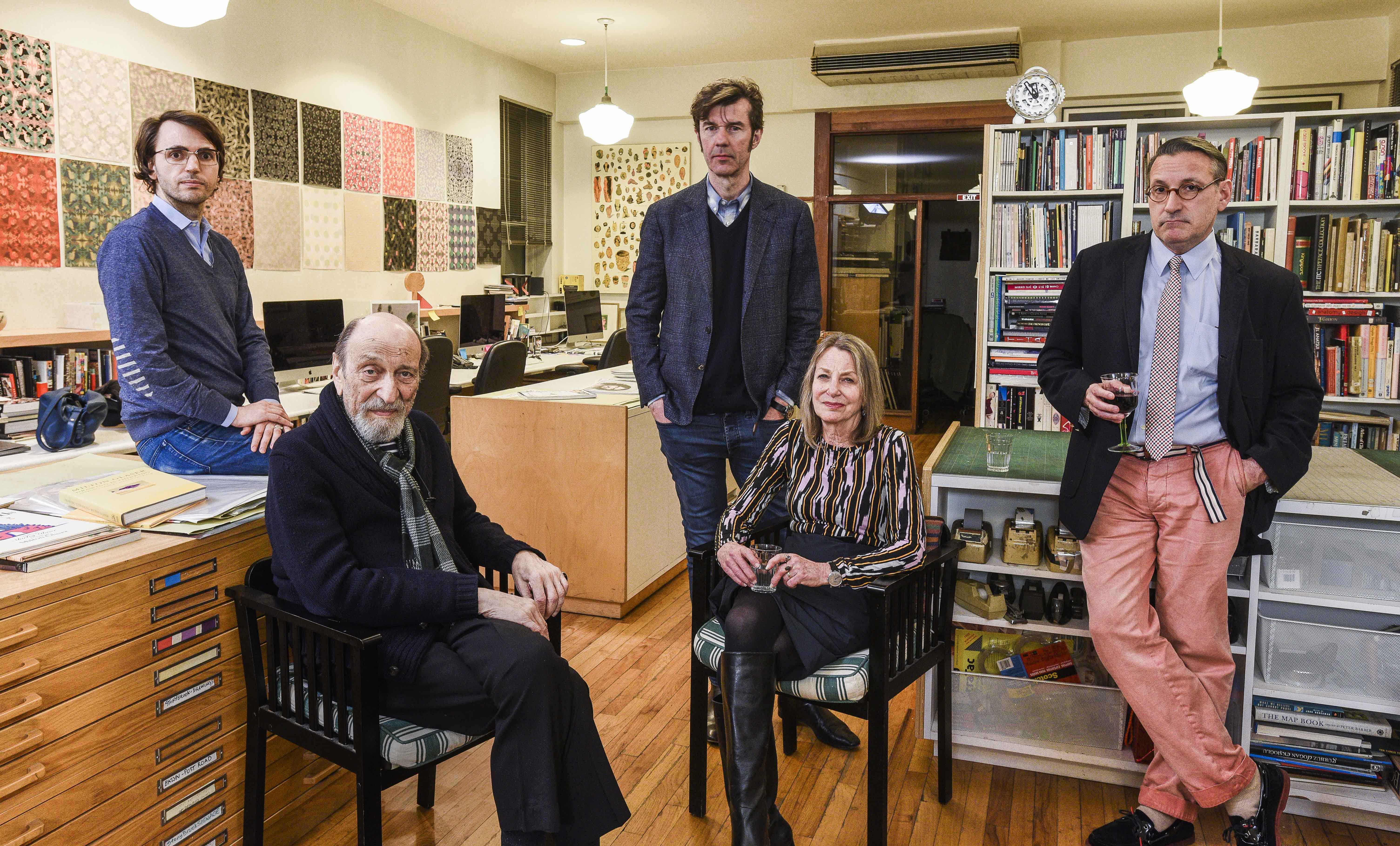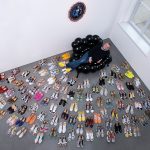
Is that always so easy, given that you have to make a living as well?
I think you have to acknowledge that, even if you may not be able to help yourself because you have to put bread on the table and make sure your kid goes to college. But the fact that people ignore the impact of their work is a terrible psychic blow, and a blow to society as a whole. When I read about those authorities that were evaluating the nutritional tables and were paid off to say: “Fat is worse for you than sugar,” the first thing I thought was that these men should be executed. Because they have murdered millions of people. And the fact that they were willing to do that and were paid off and had a sense of authority and importance in the culture, but chose to ignore that for the rewards of fame and money, is one of the worst things that a human’s spirit is capable of doing. So, for us, the first question we should ask is: What are the consequences of what I do? And if you say that the consequence of what I do is to suggest that it is okay to eat sugar and millions of kids die of diabetes–I don’t know how to deal with that except to first acknowledge and then to stop.
The most important thing any designer can do is to change consciousness,
whether we’re designing a newspaper or a skyscraper. – Milton Glaser
Milton, in 1977, New York was a dangerous city, murder rates were very high, Times Square was full of prostitutes and criminality was skyrocketing. In this period, you were asked to design a logo for New York in order to improve the image of the city, and to restore in its people a sense of belief in their hometown. Sitting in a cab, you were struck by the idea of the now legendary “I Love NY” logo with the red heart. Could you have imagined that the logo would still adorn millions of T-shirts, mugs and keychains 40 years later?
Glaser: The most important thing any designer can do is to change consciousness. When you talk about success, I change to consciousness. People witnessing something. It goes for everything, whether it is a newspaper or a building. You shift perceptions when you do things successfully. But if you basically do something that causes people to damage their life, you are in a different category. And there is intrinsically this idea, it’s where the link between design and art exists, that art and the idea of beauty is a way of people to share experiences so they don’t kill each other. In the deepest level, what we do when we are successful and we reconcile the idea of beauty and the consideration of others is prevent people from killing each other.
New York took a turn for the better, the quality of life increased, crime rates dropped. You gifted your logo to New York, and the city now generates a turnover of USD 30 million a year.
Glaser: Only occasionally you can quantify this, but when you do, you realize you are involved in something more than money and fame, which, in our culture, is the most incredibly attractive aspect of being alive at this time.
Stefan, how powerful are designers?
Sagmeister: I completely agree with being aware of the consequences of what you do. I think we can try to steer that boat in the right direction. Ultimately, we can’t really foresee the consequences. Especially in the long run. I would think that when you designed the NY logo, you wouldn’t have known that it would be copied millions of times.
Scher: Sometimes you do things and you have no sense of what the outcome will be. I have had so many experiences like that.
Can you give us examples?
Scher: I have been talking about the New York High Line a lot (a 2.33 kilometer long freight line in the west of Manhattan which was converted into a park). The intent of the High Line was a completely altruistic attempt, to design an identity that would first help a park get built, to do the signage, and work with the architects and the landscape designers and make that terrific place in NYC. It’s a terrific place, I can’t deny it. On the other hand, we had no responsibility for real estate developers coming in and raising the property values in the area. Or the fact that the closest people who lived to it and live in low-income housing never go up to it. Not only don’t they go there and think it’s not for them, they think the design is not for them. Because it becomes codified by those who go there and what the neighborhood is like around it. That’s not the intent of the people that developed the High Line; that this can be partially the result of it. I find these things more and more, that there is an unintended result with the way an audience views “good design.” It may mean something else. And these are things that designers never talk about and don’t totally understand.
On the NYC Design Commission, I was horrified what horrible designs tax were
slated for realization with tax money. – Paula Scher
Is that a problem that affects urban design in General?
Scher: When you work in the public realm–I was on the design commission in NYC for 6 years, and got involved in all kinds of projects and was horrified when neighborhoods wanted to use their tax money to put up really horrific things that, as a designer, made me want to cringe. But then you wonder: This is their neighborhood. You watch the value judgement made on the tax basis of how something is going to be elided. One side of Houston Street has a different curb than the other side, because it’s in a lower tax break and doesn’t get the one that has the granite slabs. Design is a tricky business because it is not just trying to do good, it has to do with what your interpretation of what “good” is and the relationship to an entire community that may not feel the same way. You can’t make people behave. You can’t prescribe for them. In this thing of designers being completely conscious about what they are doing and absolutely the right altruistic spirit, you can have negative consequences that you weren’t even aware of.
Has it always been like that?
Scher: In the beginning as a designer, I hated Helvetica because it represented the Vietnam War. I am not kidding. All the corporations had Helvetica, therefore it meant that they were evil-doers, and that’s the way a person within a culture interprets something that is actually neutral, that has nothing to do with anything.
Kidd: Well, I am a book-cover designer, so that is kind of weird in the context of all this. But what I am often asked is: “Do I ever have to do a design for a book that I don’t like?” And I have been doing this non-stop for 31 years, so the answer is: “Yeah!” But that is different than having to design a cover for a book that I am morally against. And I never had to do that. We don’t publish (former Fox News presenter) Bill O’Reilly, we don’t publish Ann Coulter (a right-wing author), all of these horrible people. I feel so incredibly fortunate for that because I honestly don’t feel I would be able to do that. The other thing I like about designing covers for hardcover books is that they are never thrown away. You may give it to the church book sale or whatever. They don’t get destroyed, they end up in libraries or on other shelves.
Glaser: I think there is a difference also between persuasion and offering alternatives to people. Between saying: “Here are the possibilities!” and saying, “You must do this!” Internally and in spirit. The best thing you could do as a designer is open the world to people in terms of alternative possibilities. But I was thinking the other day that you cannot produce books anymore to sit on a shelf forever, having been read once. And then enduring another 70 years on your bookshelf gathering dust–there’s no room for that anymore! You can’t make any more books.
Should we still produce hard-cover books? On a lot of bookshelves there are books that are 50 years old and will never be looked at again. – Milton Glaser
I do think that books are a record of our existence here on earth.
You can’t just turn them off with a switch. – Chip Kidd
Are you serious?
The real problem of making books is that they should only be made if they can last forever and continue, like a painting perhaps, to be nourishing long after they were produced. And not to sit. On a lot of these bookshelves there are books that are 50 years old and will never be looked at again. One day, they will be dumped in the ocean. The question is: Is it really good to make hardcover books now, or should we teach people to read in another way and access these things in another way because the world is coming to an end?
Kidd: Well, I totally argue in favor of the hardcover book and you publish hardcover books of your work, and I think it’s great and you should. What if I want to read it again? What if I want to read it every year?
Glaser: You can’t (laughs).
Kidd: Well, I don’t know if I would agree to that. This is going to sound incredibly pretentious, but I do think that they are a record of our existence here on earth. Of course, now you have video and all this other stuff, but they can be turned off with a switch. You can’t turn these off with a switch! I do really value that.











